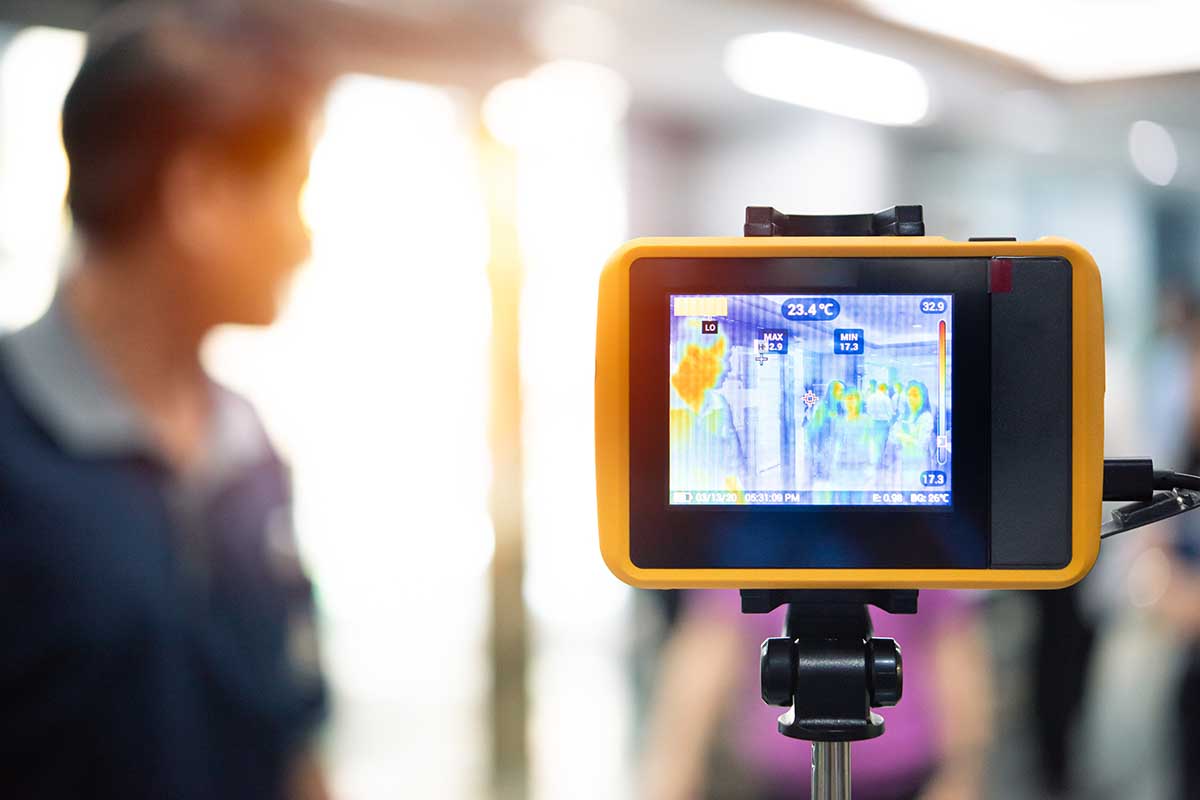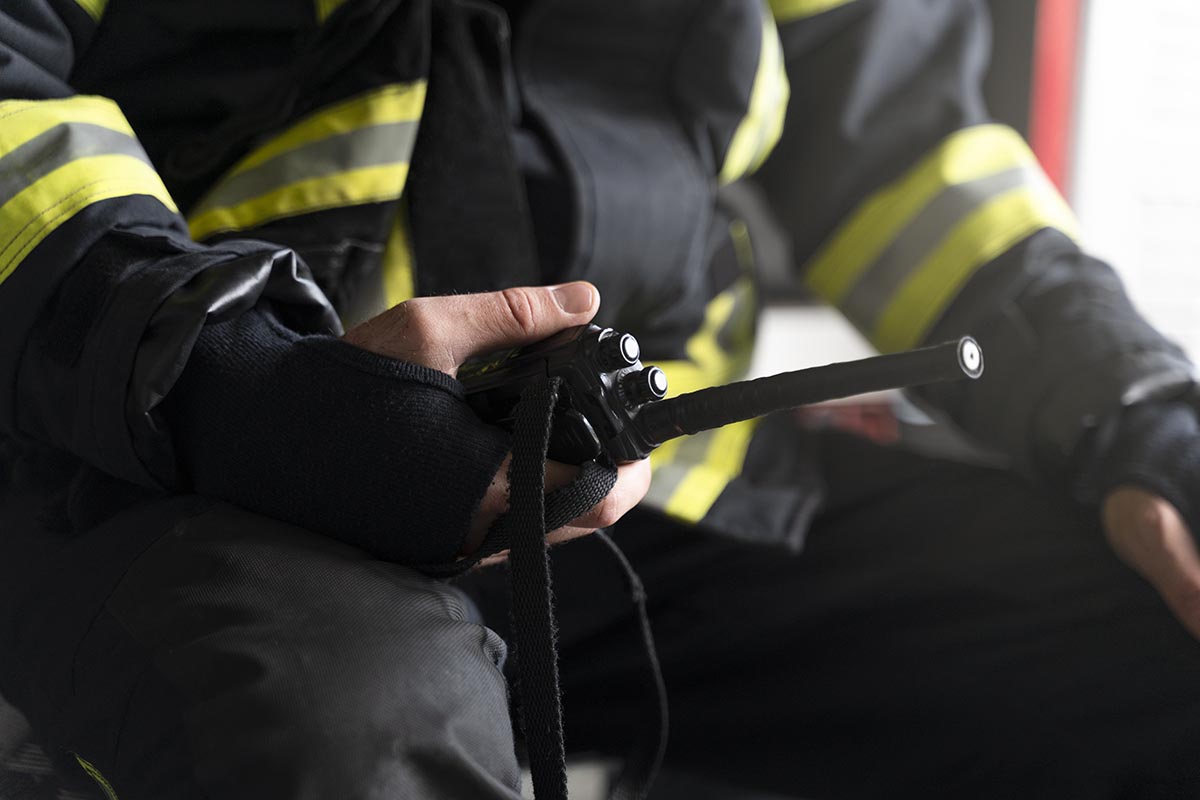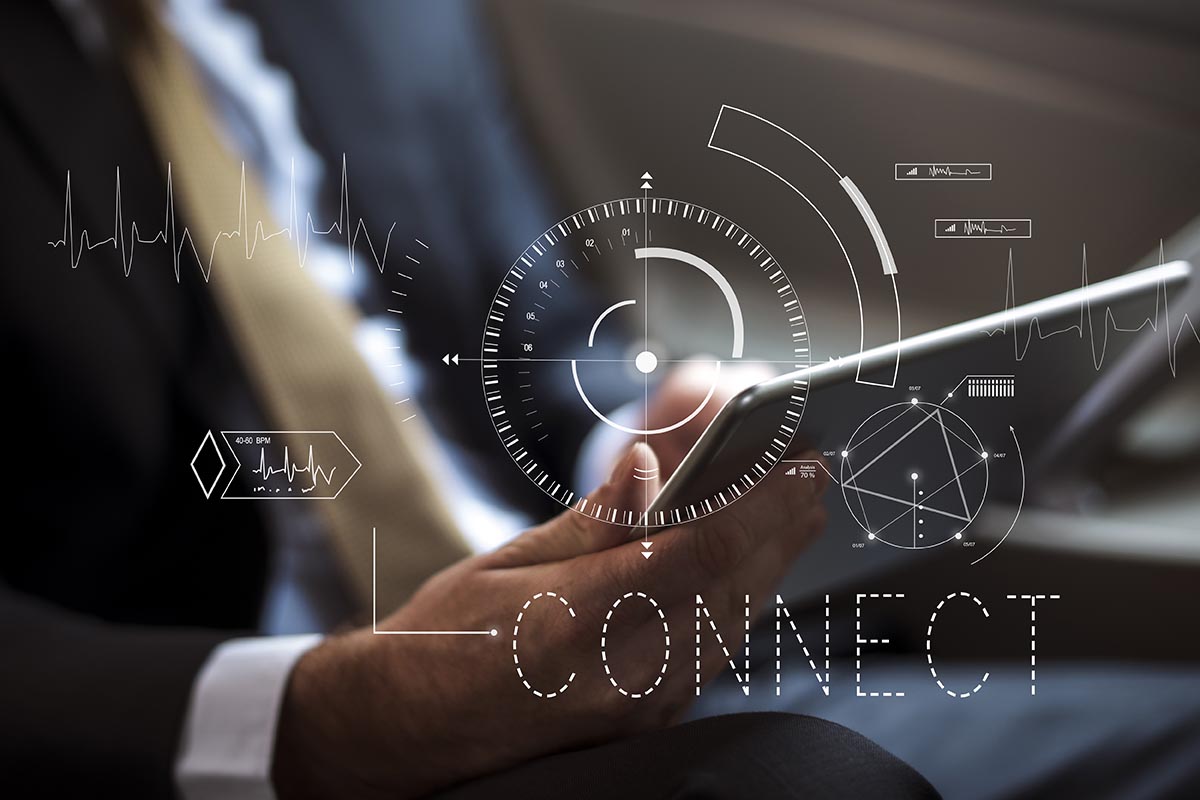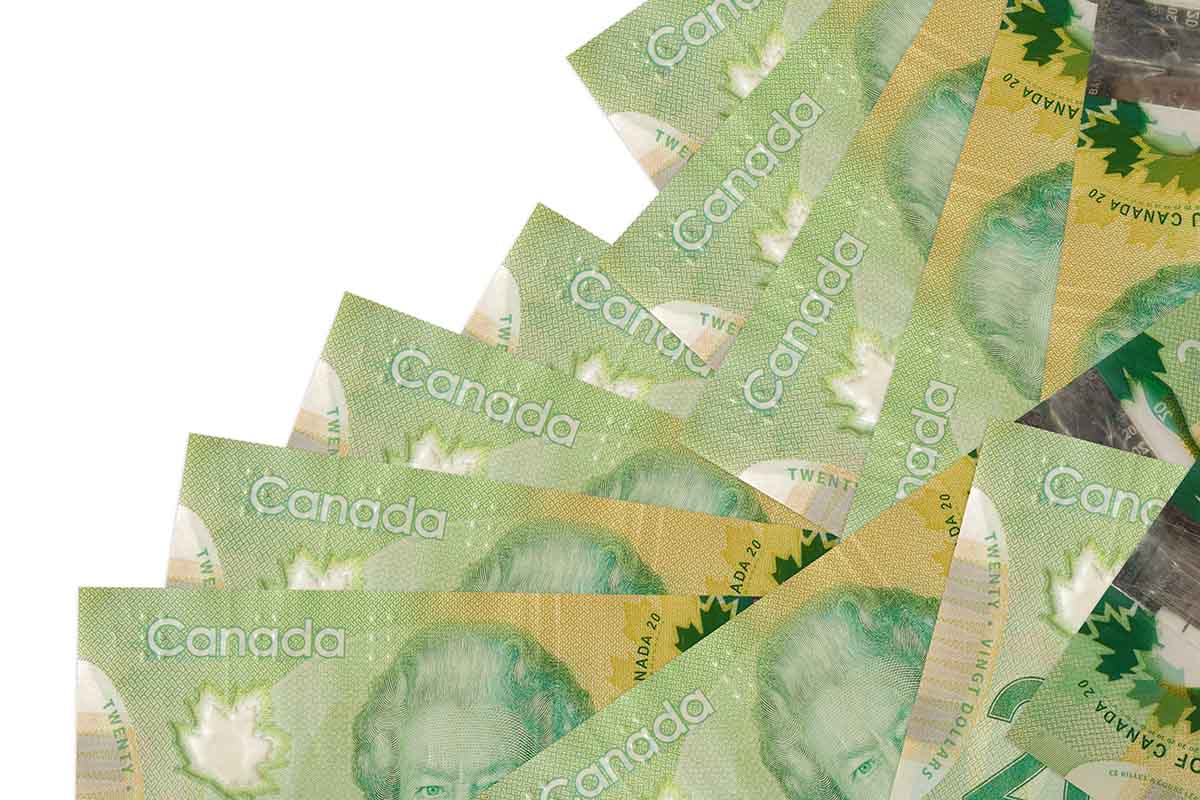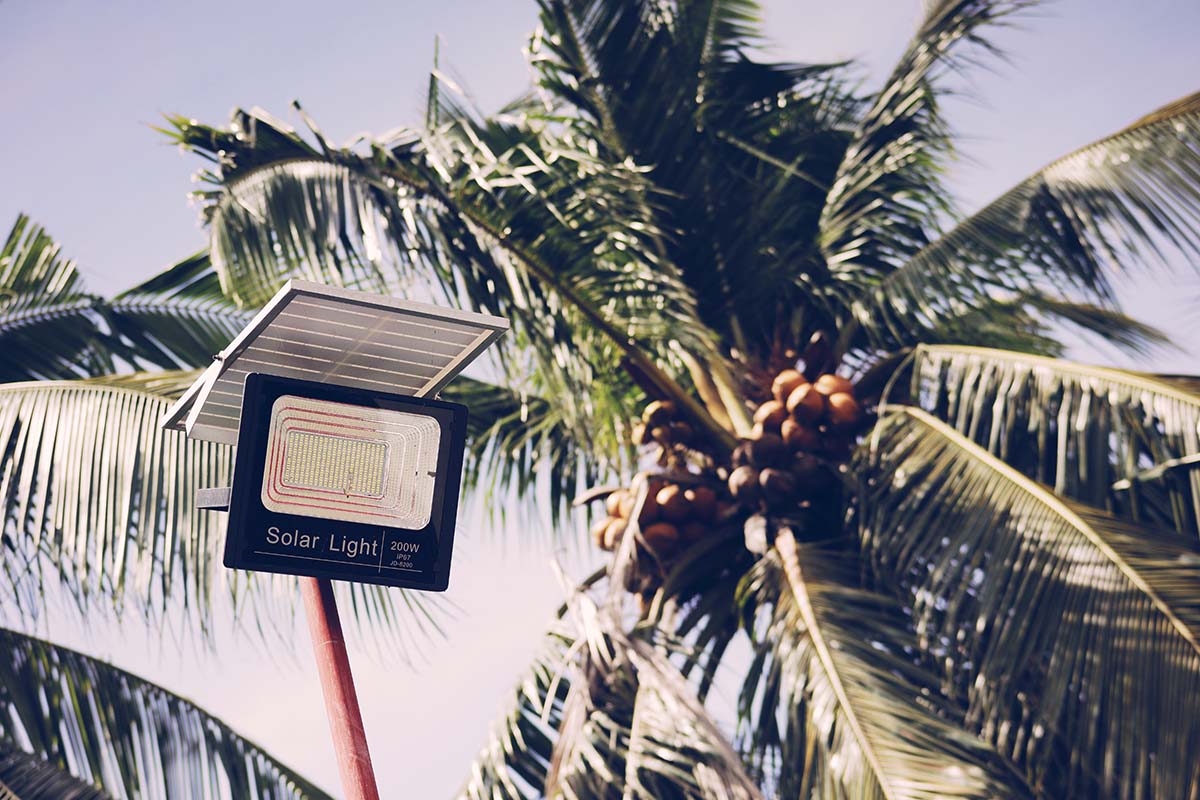Technological innovation has unlocked many possibilities, including the development of advanced thermal imaging cameras.
These remarkable devices can see beyond what the human eye perceives, capturing thermal radiation emitted by objects and creating vivid representations of heat patterns.
Once confined to military and scientific applications, thermal imaging cameras have found their way into various industries, revolutionizing how we perceive and interact with the world. In this article, we delve into the top uses of thermal imaging cameras, showcasing how they are changing the game across multiple sectors.
Top Uses of Thermal Imaging Cameras: What Are Thermal Imaging Cameras?
Thermal imaging cameras are sophisticated devices that capture and display the infrared radiation emitted by objects and living beings.
Unlike conventional cameras that rely on visible light to produce images, thermal imaging cameras detect and interpret the heat signatures of various objects and environments.
These cameras operate based on the principles of thermography, which uses temperature measurements to create visual representations of heat patterns.
Every object emits a certain amount of thermal energy in the form of infrared radiation, which is invisible to the human eye.
Thermal imaging cameras can detect and quantify this radiation, converting it into a visible image that portrays temperature differences.
The technology behind thermal imaging cameras involves the use of infrared sensors, often referred to as microbolometers.
These sensors are sensitive to infrared radiation and can convert it into electrical signals.
The camera then processes these signals and assigns different colors or shades to represent various temperatures. Typically, warmer areas appear red, orange, or yellow, while cooler regions appear blue, green, or purple.
A typical camera found in your smartphone or digital device uses visible light to “see” and capture the image.
In contrast, thermal imaging cameras rely on infrared light to register temperature differences. Infrared temperature sensors combine to create a colour map on the screen.
Infrared light is a form of electromagnetic radiation that manifests as heat, and we see this heat through thermal imaging technology.
Everything emits some level of infrared radiation, and the hotter something is, the more it emits.
You can only see the temperature with the human eye through thermal imaging cameras until something becomes hot enough to give off a visible glow.
Top Applications Of Thermal Imaging Cameras
Thermal imaging cameras have unique benefits that can provide significant benefits in many situations and applications. Here are the most common:
Firefighting
Arriving at the scene of a blaze, firefighters need information quickly. Thermal imaging helps them to locate hotspots in a building to target, as well as to locate anyone trapped inside.
First Responders
Other emergency services, particularly first responders, can use thermal imaging cameras to evaluate a situation upon arrival. If visibility is poor because of darkness or adverse weather, thermal imaging may be utilized to gain more information or locate points of interest in different scenarios.
Gas detection
Many industrial settings use thermal imagery to detect gas leaks and electrical faults. Temperatures will vary where a leak occurs, making it easier to identify and resolve.
Health checks
Thermal scans can identify diseases and abnormalities in the body, reducing the need for intrusive surgery and diagnostic procedures.
In addition, body temperatures tend to increase during sickness, so thermal cameras were used in airports and other places during the pandemic.
Building surveys
Heat loss from homes and buildings is a primary concern for environmental factors.
Thermal imaging cameras can detect areas of excessive heat loss, showing where reinforcing, insulating, or replacing is needed to increase energy efficiency.
Thermal imaging technology benefits society and is relied upon in many intense situations. It’s certainly been a game-changer for a few professions.
Wildlife Observation
Thermal imaging has also opened up new avenues for observing wildlife in its natural habitat. Conservationists and researchers can use thermal cameras to track and study animals, even in complete darkness.
These cameras allow for non-intrusive monitoring, offering insights into animal behavior, migration patterns, and population dynamics, thereby aiding in wildlife conservation efforts.
Search and Rescue Operations
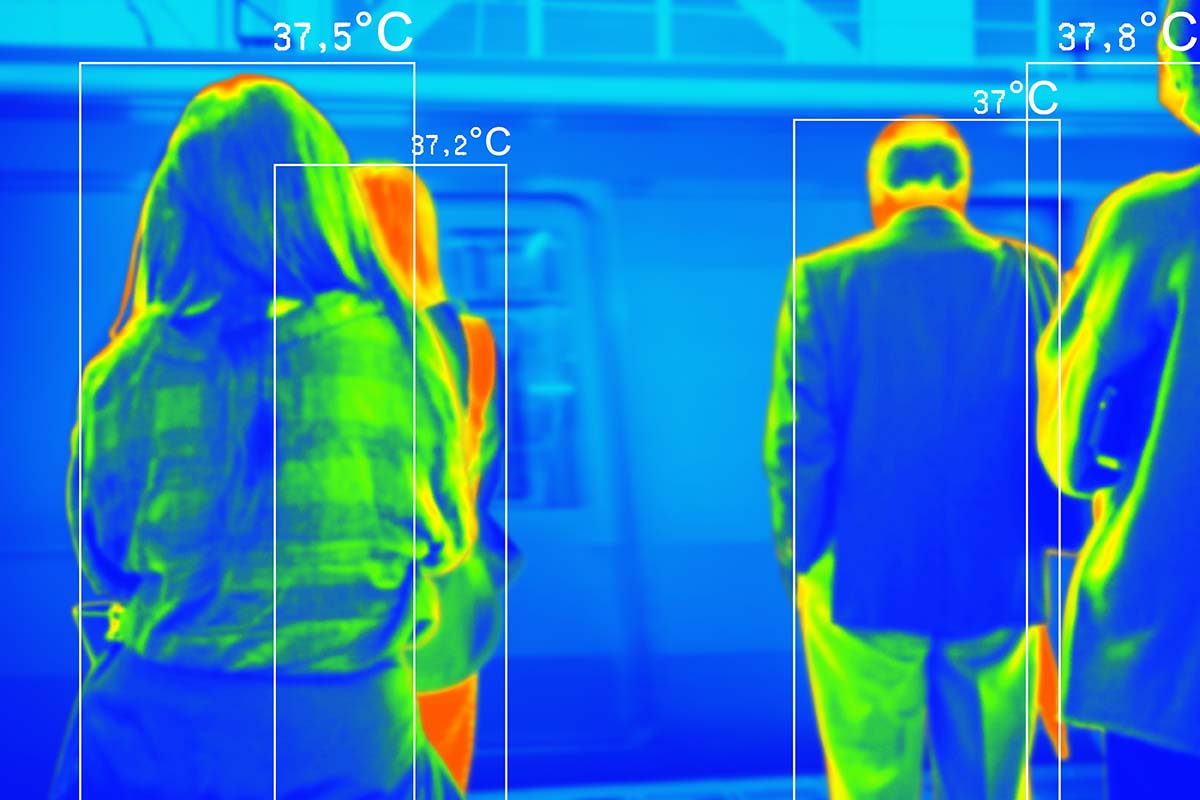
Thermal imaging cameras can be a lifesaver in critical situations such as natural disasters or missing-person searches.
Rescuers can locate individuals or animals, even under debris or in dense vegetation, based on their body heat.
The ability to detect living beings in difficult conditions significantly improves the chances of successful search and rescue missions.
Medical Diagnostics
Thermal imaging cameras have shown immense potential in the medical field, particularly for non-invasive diagnostics.
This technology, known as thermography, can identify variations in skin temperature, potentially indicating health issues or inflammation in the body.
Thermography aids in detecting conditions such as breast cancer, nerve injuries, and circulatory problems, contributing to better patient outcomes.
HVAC System Assessment
Heating, ventilation, and air conditioning (HVAC) systems are crucial in maintaining indoor comfort and energy efficiency.
Thermal imaging cameras can be used to assess HVAC performance, detecting issues like air leaks, clogged filters, and uneven heat distribution.
This proactive approach to maintenance not only reduces energy consumption but also extends the lifespan of HVAC equipment.
Industrial Process Monitoring
Industries often rely on specific temperature ranges for efficient operations.
Thermal Imaging cameras help monitor and optimize these processes by visualizing temperature variations in real-time.
From monitoring machinery performance to detecting anomalies in chemical reactions, thermal imaging enhances industrial processes’ overall efficiency and safety.
Conclusion
Thermal imaging cameras have come a long way from their initial applications, and their versatility has made them indispensable across various industries.
From building inspections to medical diagnostics, wildlife observation to search and rescue operations, the impact of thermal imaging technology is profound and far-reaching.
As these cameras continue to evolve, we can expect even more innovative applications that push the boundaries of what is possible, improving our lives and our understanding of the world around us.
